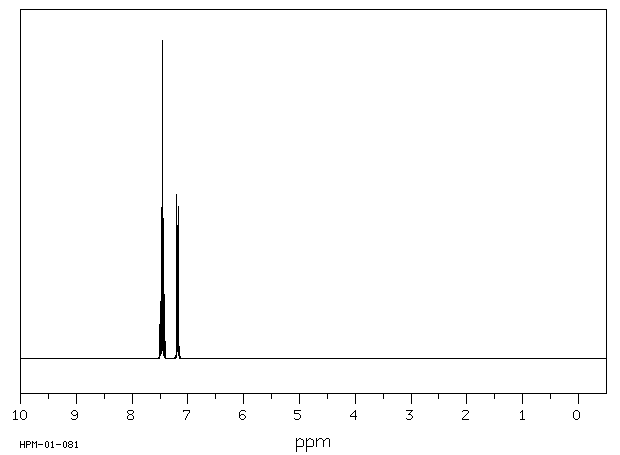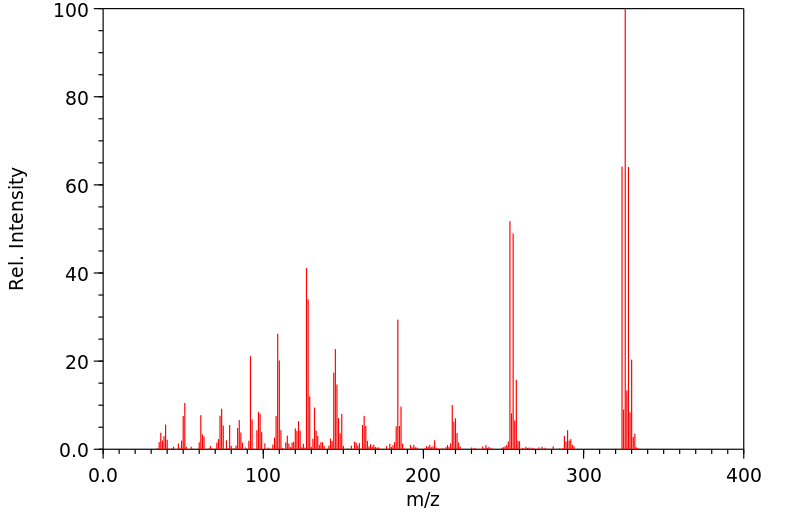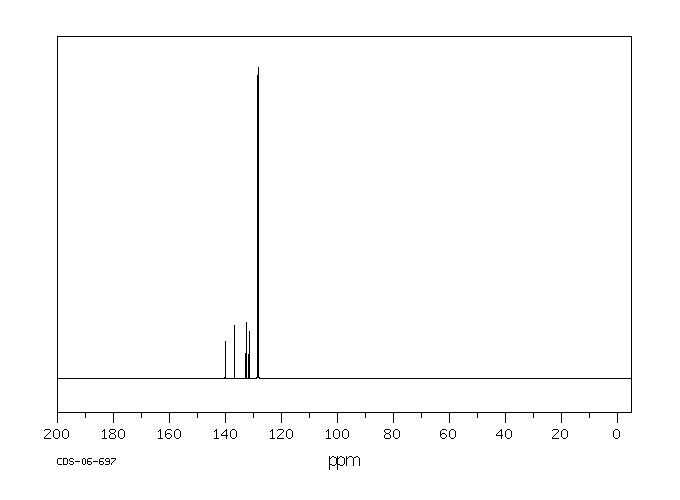代谢
多氯联苯(PCBs)通过吸入、口服和皮肤接触途径被吸收。它们通过血液运输,通常与白蛋白结合。由于它们的亲脂性特性,它们倾向于在富含脂质的组织中积累,如肝脏、脂肪组织和皮肤。多氯联苯的代谢非常缓慢,并且根据氯化的程度和位置而有所不同。多氯联苯通过微粒体单加氧酶系统代谢,该系统由细胞色素P-450酶催化,转化为极性代谢物,这些代谢物可以与谷胱甘肽和葡萄糖醛酸结合。主要代谢物是羟基化产物,通过胆汁和粪便排出。多氯联苯的缓慢代谢意味着它们倾向于在身体组织中积累。(L4, T6)
PCBs are absorbed via inhalation, oral, and dermal routes of exposure. They are trasported in the blood, often bound to albumin. Due to their lipophilic nature they tend to accumulate in lipid-rich tissues, such as the liver, adipose, and skin. Metabolism of PCBs is very slow and varies based on the degree and position of chlorination. PCBs are metabolized by the microsomal monooxygenase system catalyzed by cytochrome P-450 enzymes to polar metabolites that can undergo conjugation with glutathione and glucuronic acid. The major metabolites are hydroxylated products which are excreted in the bile and faeces. The slow metabolism of PCBs means they tend to accumulate in body tissues. (L4, T6)
来源:Toxin and Toxin Target Database (T3DB)









